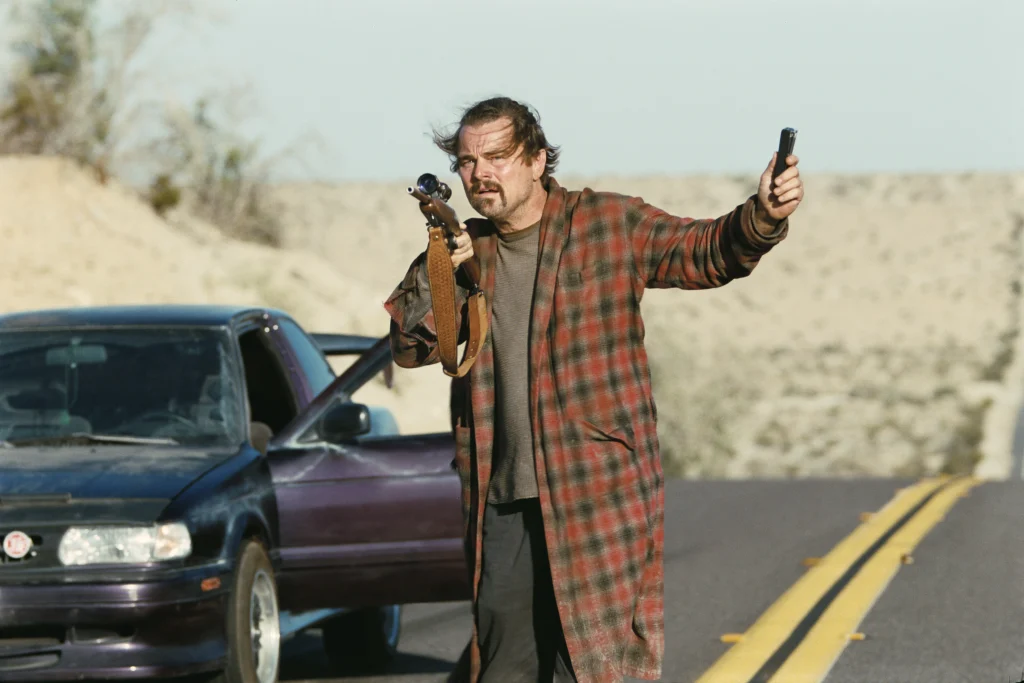
HOLLYWOOD, CA — Sirens wail. Barbed wire glints with fangs of rage. Concrete walls shudder, their shadows long and jagged. Drones hover like vultures. Then comes the boom — silence, shattered. The ground becomes a battlefield, scorched and pulsing like there’s no tomorrow. This is the live-wire opening salvo to Paul Thomas Anderson’s “One Battle After Another.”
That eruption isn’t just visual — it’s thematic. The spectacle doesn’t let up, plunging audiences into the heat and dread of Anderson’s most ambitious film yet — in budget, scope and execution. Where “Magnolia” sprawled across emotional terrain with $37 million budget, and “There Will Be Blood” drilled into psychological obsession on just $25 million, “One Battle After Another” detonates with ideological fury, genre chaos and what may be the auteur’s most politically charged work to date — backed by a reported $175 million. Shot in VistaVision and Super 35, the film delivers crisp, panoramic intensity, with action that’s propulsive, intimate and emotionally charged.
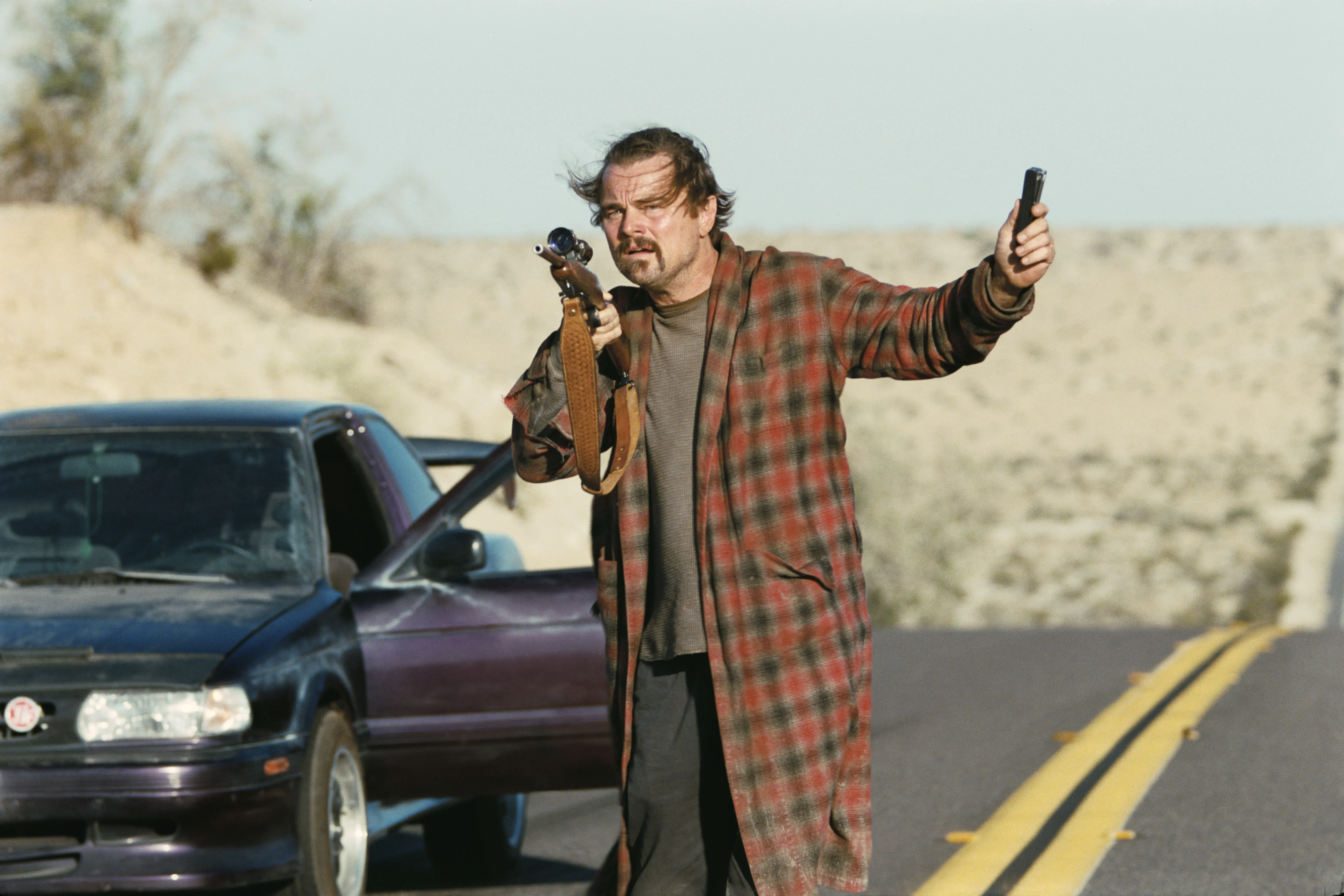
At the heart of the half-hour opening prologue is Perfidia (Teyana Taylor), a revolutionary icon leading the French 75 — a radical insurgent group hellbent on dismantling the immigration detention complex near the U.S.-Mexico border. The tone is darkly comedic, palpable in its absurdity. Perfidia fires a machine gun with a visible baby bump — a sight so outrageous it dares viewers not to laugh. As she turns to her partner Bob (Leonardo DiCaprio), the group’s explosives expert, she declares, “Make it big. Make it bright. Inspire me.” The line lands like a manifesto — not merely for the insurgency, but for Anderson’s cinematic vision.
Find out what’s happening in Hollywoodfor free with the latest updates from Patch.
But revolutions don’t stay ablaze forever. Sixteen years later, the firelight of the uprising has long since burned out. Perfidia is gone — arrested after a botched bank heist — and Bob languishes in a haze of weed smoke and paranoia. Dazed and confused day after day, he’s raising their daughter Willa (Chase Infiniti) in isolation somewhere in Northern California. Despite Bob’s detachment, Willa has grown into a fiercely independent teen — sharp, grounded and responsible.
Then their haunting past collides with the present when Col. Steven J. Lockjaw (Sean Penn) — a ghost from Bob’s revolutionary days, known as “Lojack” — resurfaces and abducts Willa. The moment is as jarring as it is cathartic, a rupture that forces Bob to reckon with the emotional wreckage of the revolution.
Find out what’s happening in Hollywoodfor free with the latest updates from Patch.
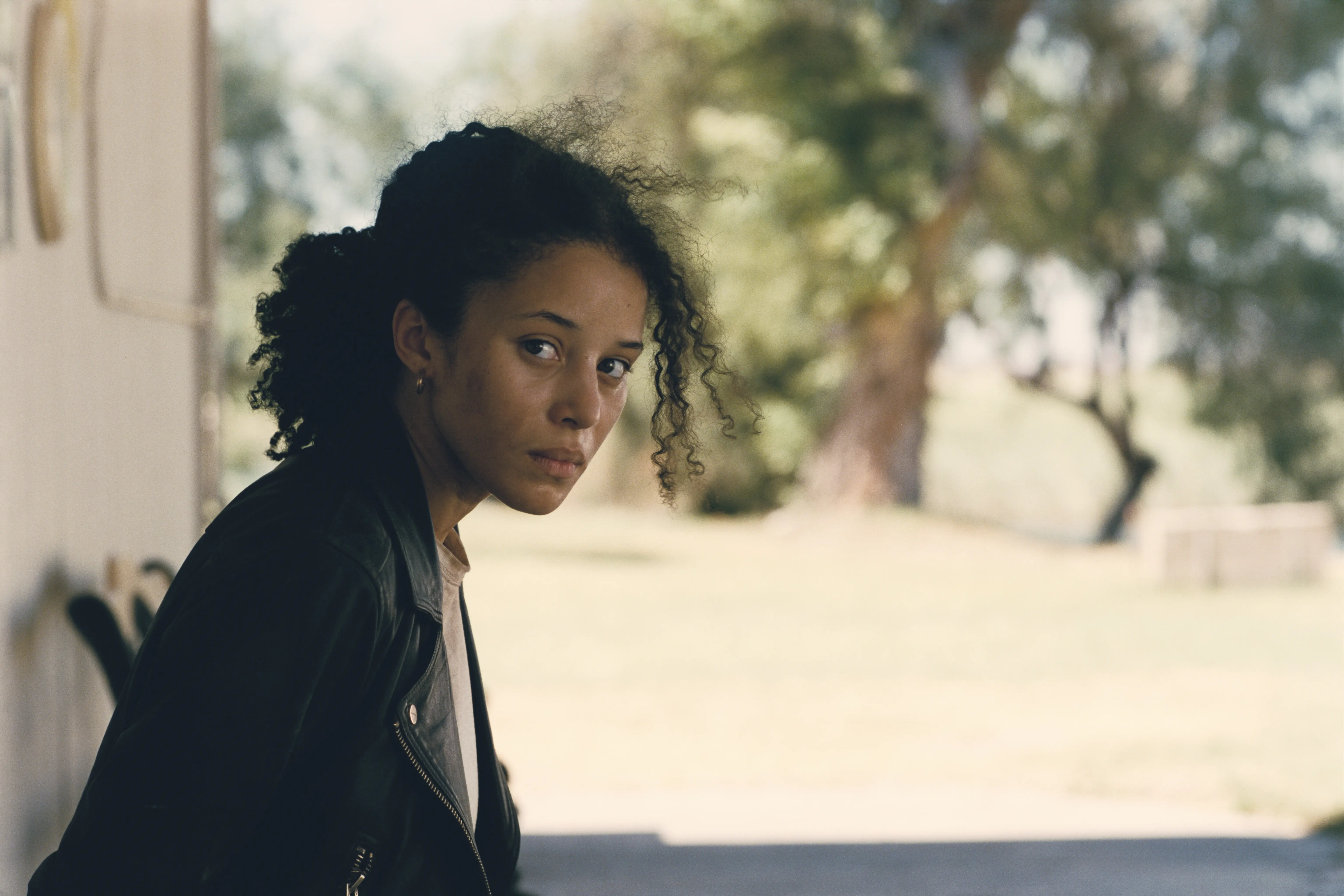
That slap of reality propels Bob into a go-for-broke rescue mission to save his daughter — but it’s easier said than done. Luckily, Sensei Sergio St. Carlos (Benicio Del Toro), once Willa’s martial arts instructor, comes to the slacker’s aid — not just as a paragon of strength but as a voice of reason, guiding Bob through the throes of paranoia and regret.
Anchoring all this chaos is DiCaprio, who delivers one of his most unexpected, layered performances in years. He portrays the bathrobe-clad burnout with bumbling intensity, wrapped in slapstick and sorrow — a nod to the Dude from “The Big Lebowski.” But unlike the Dude’s zen-like clowning, Bob’s unravelling pulses with gravitas beneath a comedy that has curdled into desperation.
Sharing the emotional core with DiCaprio is Infiniti, who, in a smashing breakout role, brings Willa a ferocity beyond her years — a performance that sizzles with urgency, intelligence and emotional depth. Raised on the fringes of society, the teen is no damsel in distress. Her journey becomes the film’s emotional compass — not merely a coming-of-age arc but a soul-searching quest to define herself.
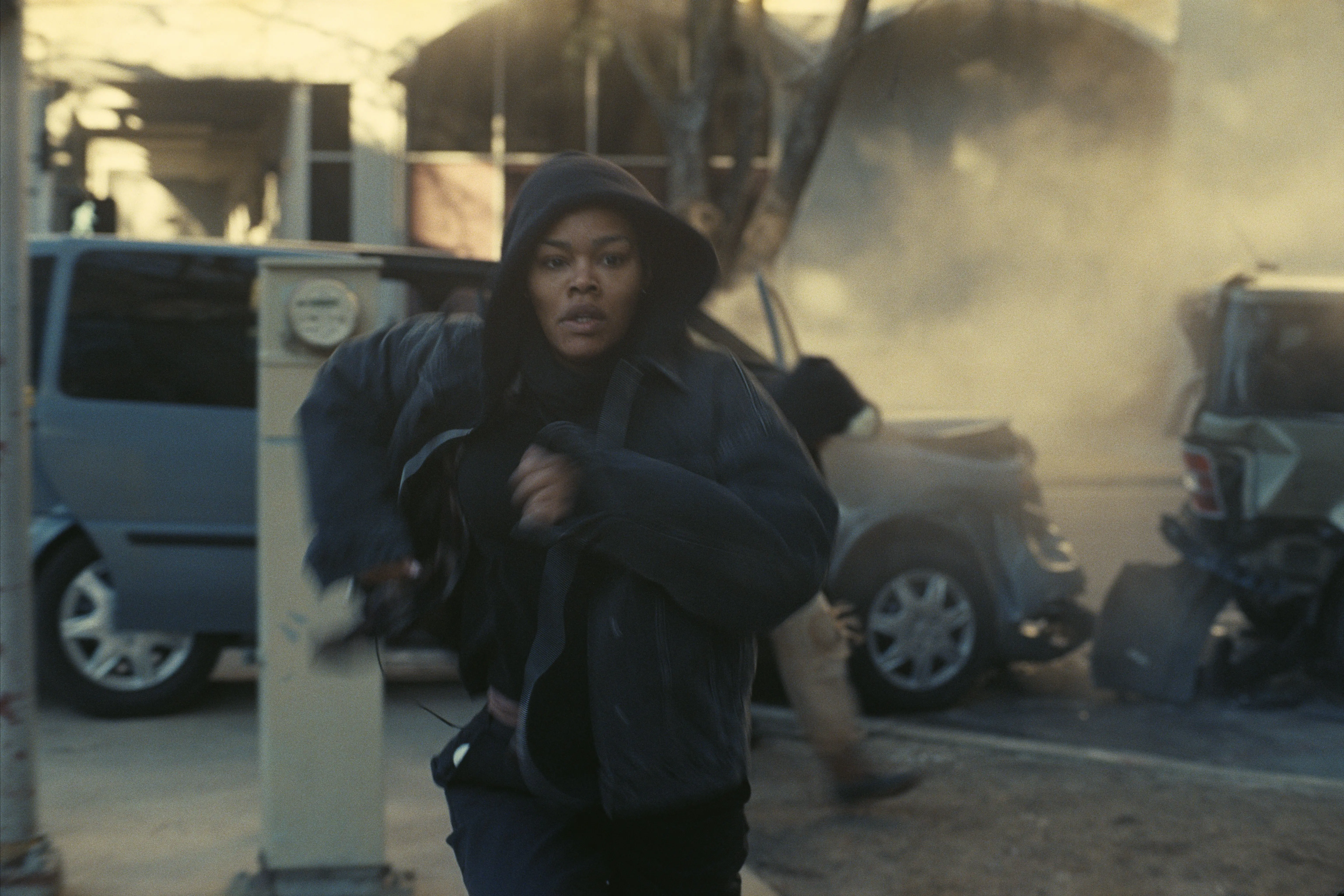
The supporting cast doesn’t just deliver — they’re on fire with purpose. Taylor commands the screen with fearless intensity, her Perfidia simmering with blazing defiance. Penn brings bull-necked menace to Lojack — at once operatic in scale and disturbingly intimate. Del Toro is a scene-stealing powerhouse, his Sergio brimming with life and a sharp-witted, dark sense of humor. Together, they resonate not as relics of a fractured revolution but as agents of change — scarred yet unwavering in the face of shifting tides.
Yet, the brilliant orchestration extends far beyond the performances. Anderson’s direction is a masterclass in tonal balance, seamlessly blending action, drama and tragicomedy with precision. Loosely inspired by Thomas Pynchon’s “Vineland,” the film pays homage to John Ford’s “The Searchers” and Stanley Kubrick’s “Dr. Strangelove.” It channels absurdist energy layered with emotional depth — punctuated by Jonny Greenwood’s electrifying score, which hums and strums with syncopated tension and unforgettable melodic bursts.
In the end, what emerges is Anderson at his boldest, most audacious and most unforgettable — a visceral, genre-bending epic that confronts emotional wreckage through surreal spectacle, fractured family bonds and performances that crackle with urgency. Bound to spark debates across the political divide, the film lives up to its title: one debate after another. It offers no easy answers — only a story where slapstick drowns sorrow and absurdity masks conviction.
“One Battle After Another” is a cinematic gut punch disguised as a psychotropic aria in an absurdist opera.
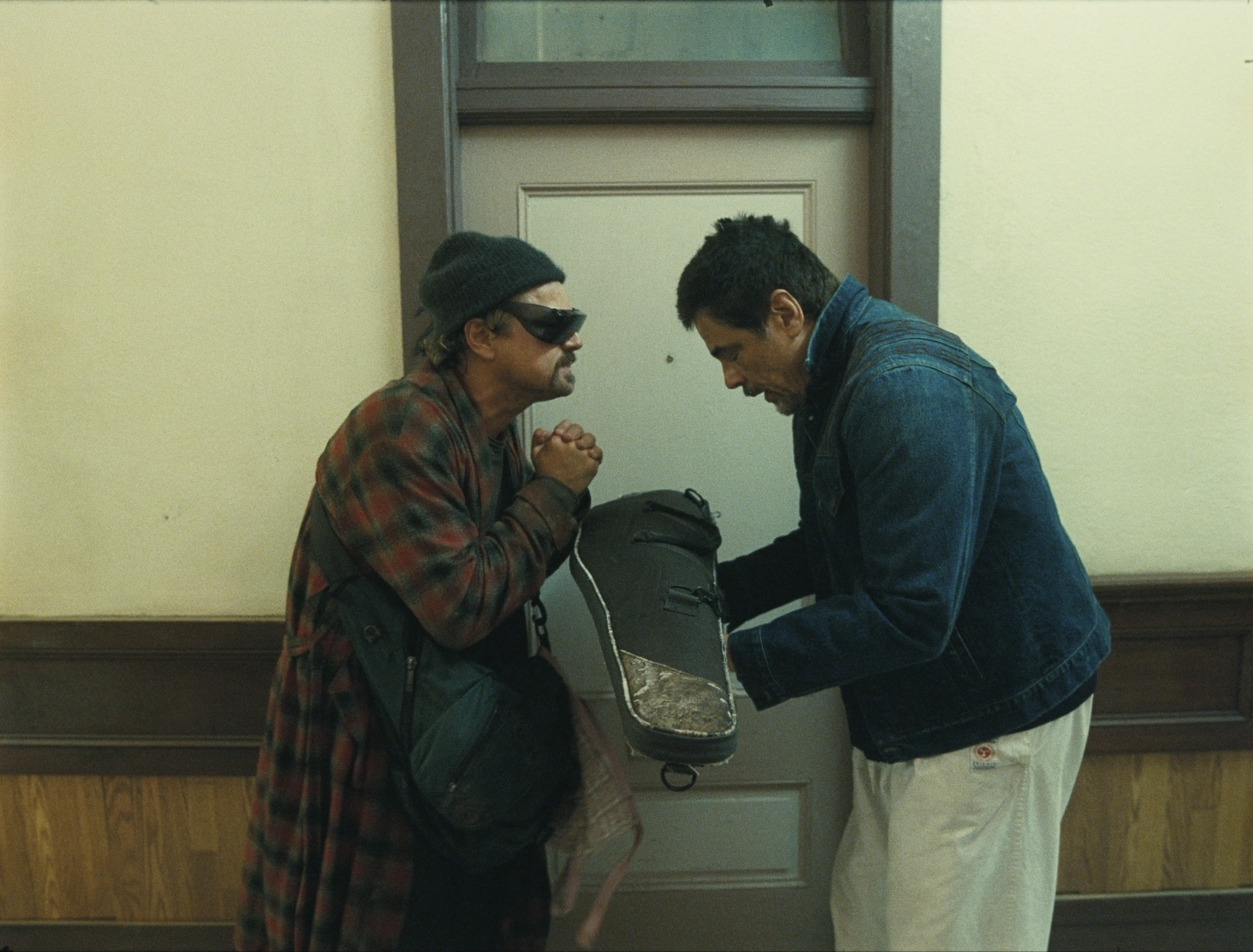
Get more local news delivered straight to your inbox. Sign up for free Patch newsletters and alerts.





